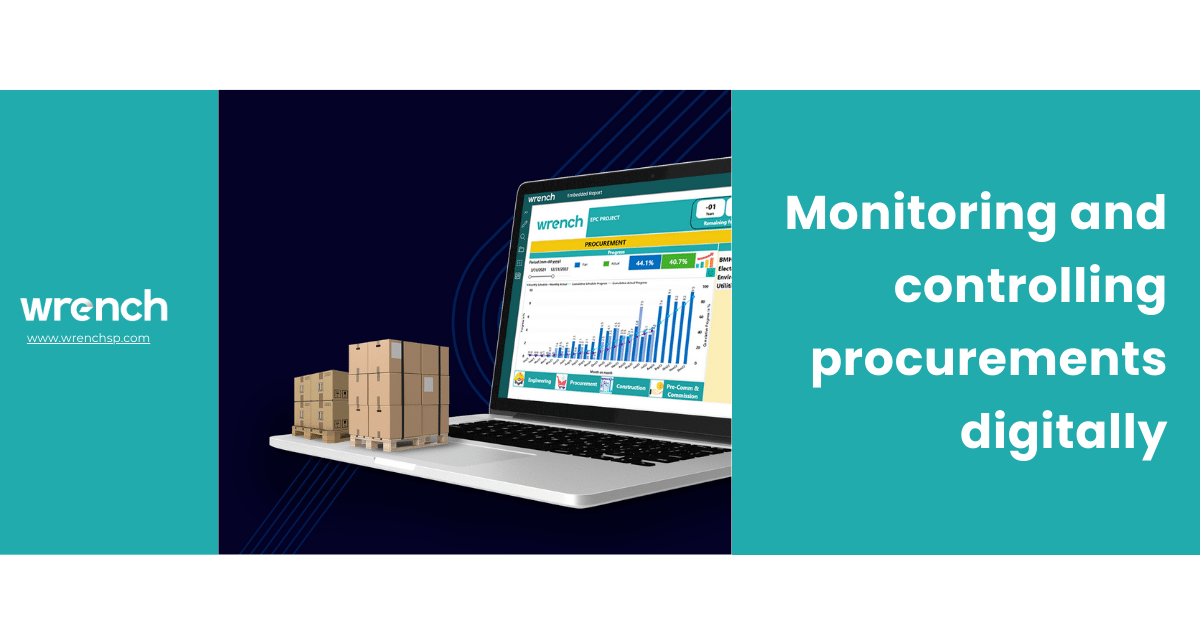- Procurement Management
- 05 Apr 2022
Why Doing Pre-qualification Through Email Is Tedious: Things You Should Know

When preparing a procurement schedule, you need to consider a timeline for each task under procurement. But does that ever go according to plan? In my experience of doing procurement, the actual completion date usually gets extended by at least a week. Why does this happen? The slippage of activities in the process leads to this delay in the completion of procurement. The various tasks in procurement include pre-qualification, compiling the RFP document, tendering, techno-commercial negotiation, reverse bidding, contract award, etc. We will focus on the very first stage of procurement, i.e., Pre-qualification.
Let’s start with understanding what Pre-qualification is and the general practice of the process.
Pre-qualification of contractors or consultants is an information gathering and assessment process that determines a contractor’s capability, capacity, resources, management processes, and performance. In projects, risk assessment and risk mitigation are very important, and hiring a new contractor/supplier is one of the risks. One wrong choice could affect the project schedule, the quality of performance, project safety, and even the likelihood of payment disputes. Establishing a pre-qualification process can help owners, contractors, sub-contractors, and suppliers minimize the risk.
The general practice of the pre-qualification process
Pre-qualification of contractors or consultancies is done before carrying out the tendering process, with the list of vendors shared by the client, consultant, PMC, etc. The pre-qualification criteria and weightage are listed and approved by the client.
The Process of pre-qualification involves the following steps:
- Getting the list of vendors from clients, consultants, PMC
- Preparing the consolidated list of vendors
- Getting approval from client on the consolidated list and criteria for carrying out the pre-qualification
- Sharing the pre-qualification form to all vendors
- Getting the PQ format filled by the vendors and ensuring that the required documents are shared via email for validation
- Getting filled PQ forms and supporting documents from vendors
- Checking PQ form and documents received from vendors
- Communicating back to vendors in case of missing information or documents
- Carrying out the PQ scoring, which is done manually by verifying the information furnished and the supporting documents received from vendors.
- Preparing the PQ scoring summary sheet and evaluation report
- Submitting PQ summary report to client
- Shortlisting vendor (by Client) based on the scoring
The above process is carried out entirely via emails.
Checking the documents is done manually, as is the scoring, which is done for all vendors based on the documents received. However, very few vendors update all the information and supporting documents in one shot. Multiple follow-ups via calls and emails are required to complete the pre-qualification scoring process. Hence, it becomes a tedious task if the number of vendors is more than, say, 10.
In one of the projects I handled during the pandemic, I did pre-qualification for a package with 19 vendors. Following up with all the vendors was a herculean task and getting documents from them was very difficult as most offices were locked down and the employees were working from home. The pre-qualification process was supposed to take 7 working days(schedule made considering the pandemic) but ended up taking 24 working days – a delay of almost 3 weeks!
The fact is, most vendors still carry hard copies of most documents and keep very few documents as soft/scanned copies. But that is now changing; after the lockdowns, even small-scale vendors have started keeping important documents as soft/scan copies and this makes it possible for some (not all) vendors to share documents in one go. In this scenario, the digitizing of the pre-qualification process forces all vendors to do a quality submission, and that saves a lot of time and effort.
How to go about digitizing the pre-qualification process?
- The packages (for which pre-qualification is to be carried out) are to be listed
- Setting out the questionnaire
- The details required should be listed under various heads
- The required supporting documents should be attached
- The vendors to be provided with a login ID and password for entering the portal
- Mandatory documents should be marked with an asterisk
- Prepare a list of criteria to be customized based on the client’s requirement
- In case of options, they can be provided as a drop-down, and the supporting documentation can be attached to the line item
- Save and Submit button can be included
- While submitting documents, show pop-ups in case the user does not fill or upload the mandatory items
- Post submission, PQ scoring to be carried out
- Generation of a PQ evaluation report
Thus, pre-qualification can be carried out in a short span of time and becomes easier. The only factor is training the vendors on how to use the portal for filling the questionnaire and updating required documents. In the near future, and as technology continues to advance, it will be possible to check the contents of documents using AI, so that the scoring gets automatically updated. In this way, pre-qualification can be digitized.
Shabna has over 7+ years of experience in the construction project management sector, having worked with leading consultancies like AECOM, Colliers, and CBRE. She is a Civil Engineer with a Master’s degree in Building Engineering and Management from SPA, New Delhi, and has a deep understanding of project management processes with a focus on project controls and presentation.
Related Posts

Monitoring and Controlling Procurements Digitally
The value of procured items in EPC (Engineering, Procurement, and Construction) projects can vary depending on project specifics, but typically, it ranges from 60% to 80% of the total project cost. Getting these procured items…
- 05 Mar 2024

Procurement: The Post-Order Phase
In a previous blog post titled “How Procurement Delays Hold Up Project Completion” we looked at some of the challenges that can occur during the procurement processes of the pre-order phase. However, such challenges are…
- 03 Nov 2022
Archives
- April 2025
- March 2025
- February 2025
- January 2025
- November 2024
- October 2024
- September 2024
- August 2024
- July 2024
- June 2024
- May 2024
- April 2024
- March 2024
- January 2024
- December 2023
- November 2023
- September 2023
- August 2023
- July 2023
- June 2023
- May 2023
- April 2023
- March 2023
- February 2023
- January 2023
- December 2022
- November 2022
- September 2022
- June 2022
- May 2022
- April 2022
- March 2022
- January 2022
- November 2021
- October 2021
- July 2021
- June 2021
- May 2021
- March 2021
- February 2021
- January 2021
- December 2020
- November 2020
- September 2020
- August 2020
- June 2020
- April 2020
- March 2020
- February 2020
- January 2020
- November 2019
- October 2019
- September 2019
- August 2019
- April 2019
- March 2019
- December 2018
- October 2018
- September 2018
- August 2018
- July 2018
- June 2018
- May 2018
- April 2018
- January 2018
- November 2017
- October 2017
- September 2017
- May 2017
- April 2017
- March 2017
- February 2017
- January 2017
